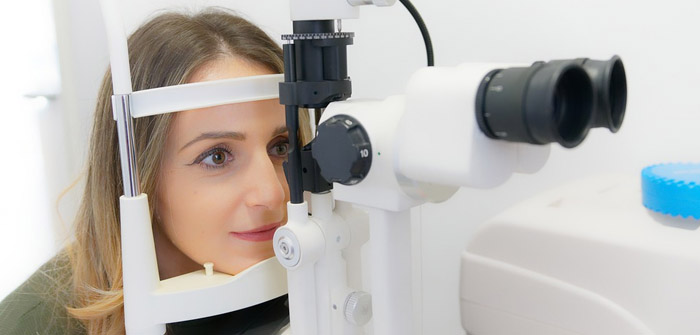(Photo | by Paul Diaconu from Pixabay)
Developing cataracts is an expected occurrence with aging. Cataracts are a clouding of the lens of the eye causing blurry vision. Most people notice blurred vision with near activities in their 40s and 50s, when their lens becomes less flexible with age and people need to start wearing reading glasses or bifocals. As they age, and sometimes due to certain medications or trauma, the lens material becomes cloudy and that is called a cataract. When a person has a cataract, they can require more light to see fine print and can have difficulty with the glare from oncoming headlights.
Cataract surgery allows nearly two million Americans to improve and recover their vision each year. This eye surgery has been conducted since ancient times, but has undergone significantly advanced developments over the past 50 years in order to become a common and effective procedure. The word “cataract” stems from the Greek word for “waterfall,” because prior to the 1700s, people believed that cataracts were comprised of an “opaque material flowing, like a waterfall, into the eye. We now know that the clouding of the originally clear lens material can result from aging, trauma, radiation, smoking and certain medications including steroids.
Cataract surgery was first mentioned in the Babylonian code of Hammurabi 1750 BC. In ancient India, a doctor named Sushruta described cataract treatment with a procedure called couching. This method consisted of dislocating the cloudy lens, moving it away from the visual axis and letting it sit in the vitreous gel in the back of the eye. Excavations in ancient Egypt, Rome and Greece have allowed scientists to discover the surgical instruments that ancient doctors would have used when performing cataract surgeries.
In 1748, Jacques Daviel was the first European physician to actually remove the cloudy lens material from the eye. Unfortunately, there was no material to replace the focusing power of the lens so patients were still blurry, but no longer blind after this procedure. It wasn’t until 1949, during WWII, that a surgeon named Harold Ridley in England noted that some British fighter pilots returning from the war had sustained injuries when their windshields were shattered, sending shards of glass into their eyes. Dr. Ridley fashioned the first intraocular implant lens to replace the focusing power of the eye.
Dr. Charles Kelman, after noticing his dentist using ultrasound to remove plaque from teeth, introduced phacoemulsification (a form of ultrasound) to break the lens up into tiny fragments that could be washed away through a very small incision.
Since then, there have been dramatic advances in the technology to remove cataracts and replace the lens with an implant. “Today, cataract surgery can be done with just eye drop anesthesia, can take as little as ten minutes to perform and is usually done without the need for stitches,” says Dr. Ida Alul, an Infocus Eye Care partner and ophthalmologist.
What does that mean for quality of life? Implant lenses can reduce or eliminate the need for glasses both for distance and near. “Not only is cataract surgery a safe and effective procedure, it has the potential to lead to a glasses- and contact lens-free lifestyle,” says Dr. Meryl Sundy, also a physician with Infocus Eye Care.
Patricia Buehler, MD, is a partner with Infocus Eye Care, a Central Oregon medical group with over 20 years in the community. Infocus Eye Care specializes in Cataract Surgery, LASIK and Optometry services. For more information on cataracts or to learn about freedom from eyeglasses and contact lenses, visit infocus-eyecare.com or schedule a consultation at 541-318-8388.





